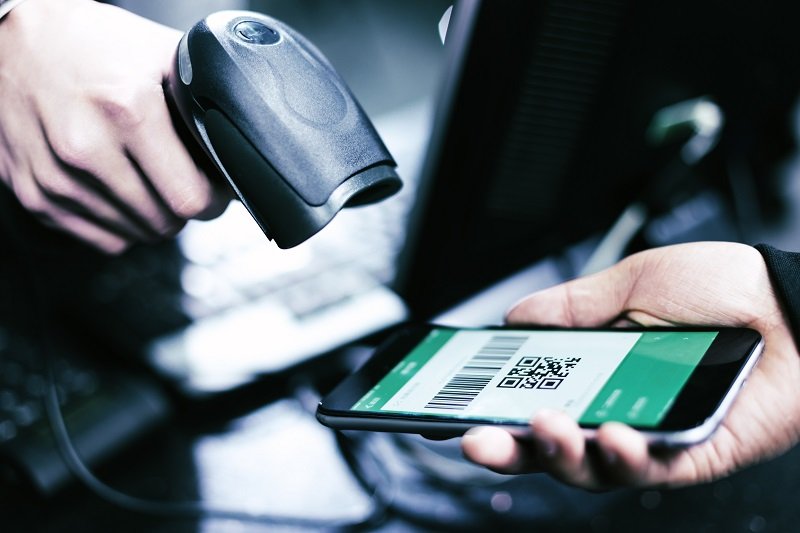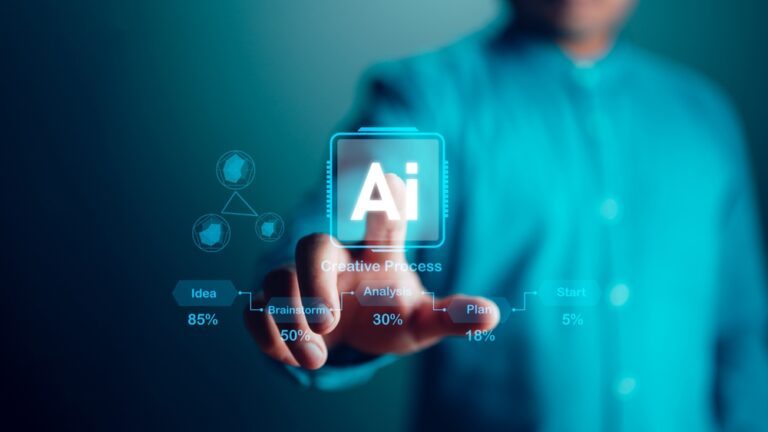QR Codes | Their usage, abilities and examples
So What Is A QR Code?
You’ve seen a “Quck Response code” before. Commonly, the term is “QR code”. They are square symbols that look like a barcode. They’ve been around a little longer than you may expect–their invention, according to Wikipedia at least, can be traced back to 1994, when the Denso Wave company is known to have first produced them.
Most people didn’t start using QR codes until the early 2000s, but the tech predates popular usage. Essentially, a QR code is a “Quick Response code”. The idea is to expedite brand awareness and/or inventory management in a sort of organic way. You can trace the concept straight to an ancient Japanese game called “Go”. This game is actually what inspired the idea. If you look at the game board for “Go”, you’ll see why.
The Humble and Practical Roots
QR codes were originally used in factories as a means of managing inventory effectively. Specifically for vehicles. Today, it’s more commonly used for mobile phone interaction. Especially, in the wake of COVID-19, there’s a lot of QR code utility. The main reason being it’s touchless and can help limit the spread of the virus. QR codes make it easier for those wearing masks and trying to avoid infection to figure out what a given restaurant outlet offers.
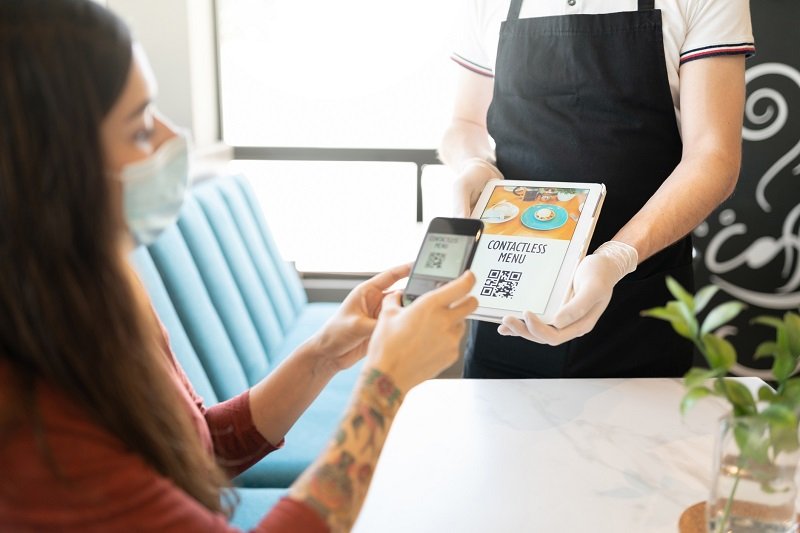
Beyond restaurants, there are commercial applications built around convenience. For example, once someone has scanned the code there are many actions that can follow; receiving a text message or a web-page opening. QR codes can represent an entry vector into a wireless network, and even smaller businesses can jump on the bandwagon by using QR code generators to design their own unique solutions.
QR codes are a two-dimensional way of quickly providing information that, in 2021, represents an exceptionally prominent marketing tool. In America alone, roughly 11 million households are using these codes. It is true that since they hit their initial zenith around 2011, they have declined slightly. However, different means of incorporating such codes into things like business cards and movie tickets have changed the game a bit. Especially when you factor in COVID-19. Instead of a touching menus or other items, somebody can simply scan a code.
The Analytics Angle
Another place that has become vastly enhanced by QR codes in 2021 is as regards analytics. As 2020 has forced quarantine, decentralization has expanded, and businesses have leaned into options like QR codes to acquire key data. This data can be used to help inform future marketing, product development, and sales.
How QR Codes Are Used
A QR code can do many things. They can be put to use in a restaurant, it can be used for digital signage, it can send users to a website where they can download something or it can make a particular ad more effective. These are just a few of the impressive things this little tech innovation is appropriate for.
Here’s a few more ways they can be utilized:
- Advertisement
- Loyalty Tracking
- Product Marketing
- Transport Ticketing
- Commercial Tracking
- Vehicular Part Tracking
- Object Hyperlinking, Or “Hardlinking“
- Digital Signage Marketing Enhancement
- A Means Of Storing Personal Information
- To Facilitate Viral Marketing As Inception Did
- QR Code Scanning In Government Identification
- Marketing – great conversion enhancers
- In-Store Promotions – act as a coupon
- Paying – at a grocery store or an invoice
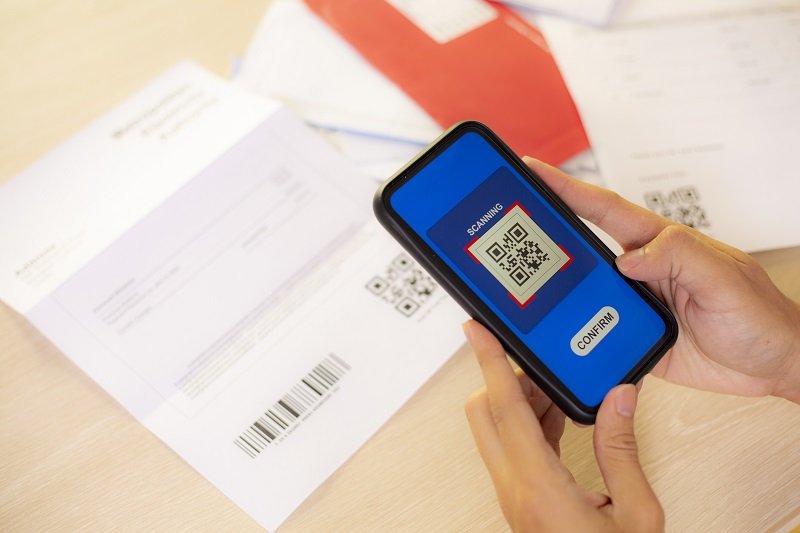
There are quite a few different options to choose from. Leverage Google to find thousands of unique applications. QR code generators output a unique code, that can be used to send whoever scans the symbol where you want them to be.
Apple and Android products commonly feature compatibility with these codes. The camera on a tablet or iPad can act as a scanner, and it’s actually pretty fun. So if you wanted, you could put a QR code on a print ad, then users could scan it with their phone and be sent to a website where you’ve either got some sort of guerrilla marketing materials, a coupon, special information on your website, an app, or whatever your marketing team deems most appropriate.
Effectively Engaging Target Markets
The big question will be: what level of your target market is in a position to regularly use some sort of digital scanning solution, like a smartphone camera? More than you might expect. Before, if you wanted to use QR codes, you’d have to download them through an app. Now, most smartphones naturally provide this service through their camera. So essentially, everybody’s got a QR reader these days. Since mobile phones don’t tend to last more than a few years, the majority of the market can interact with these codes. Approximately 11 out of 128.45 million households in America use QR codes regularly.
That’s around 1 in 12 people. It’s expected that this trend will continue expanding. By 2022, approximately 5.3 billion coupons should be redeemed by devices like smartphones scanning these codes. It’s also expected that, beyond coupon redemption, over a billion smartphones will access QR codes. Statistically speaking, that’s 5 in 8 people on the planet redeeming coupons, and about 1 in 8 accessing these codes. Filter out undeveloped countries, and that’s a massive swathe of your demographic.
Products And Businesses that Leverage this Technology
Especially if the products or services you’re producing are more relevant to QR interaction, there’s a lot to recommend their incorporation into marketing outreach. Vehicles, fast food, soda, and even PayPal heavily feature QR code use today. Some additional businesses that often feature such tech include:
- Netflix
- Snapchat
- Nike
- British Airways
- Chili’s
- Ikea
That’s the tip of the iceberg, but you can see that there’s a broad cross-section of the general population who is likely to resonate with a QR code marketing campaign, simply because businesses who incorporate them regularly are very diverse.
Use in Traditional Marketing
Technology, consumption, conveyance, disposable income–all represent notable areas where QR code use makes sense. Think of it like a new barcode, or a new logo, or a new sort of slogan. QR codes have crossover with these categories of marketing. Especially for western products that have a large “following” in Southeast Asia and India, there’s notable reason to use QR codes.
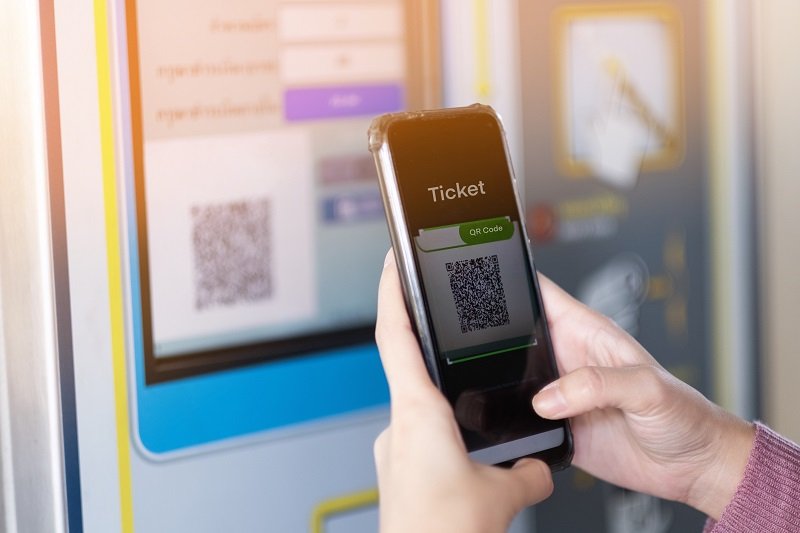
15 million and 8 million households will regularly scan in QR codes in Southeast Asian countries and India respectively by the end of 2020. Australian markets have a 90% smartphone penetration. Apple, PayPal, and Amazon Pay also heavily feature QR code usage; and you can explore dozens more statistics like these at this website.
The question is: why would any of that matter if your company isn’t seeing an increase in rates of conversion? You need ROI (Return On Investment) from any marketing tactic. You don’t just try strategies out to see if they “fit”–not unless you expect they will, and you’re just assuring yourself. With that in mind, one of the most relevant uses for QR codes is the CTA angle. A QR code is an interactive Call To Action.
Calls To Action Take Many Forms
Earlier, we mentioned coupons. The dynamic QR codes send users to URLs, where they can potentially explore a variety of time-sensitive in-store discounts unavailable elsewhere. You could redirect to a YouTube video to help give customers more information and assist them in making an informed choice.
Through a dynamic QR code, a user might be sent to a digital form (or “gateway) where, by entering an email address, they get 10% off. Maybe you use their phone number instead, then send them an SMS text at intervals which corresponds to varying promotions.
Examples of QR Code Usage
Apple is especially involved with QR codes, providing iOS and iPhone utility through a built in QR reader allowing users to scan QR codes on a variety of media. A few other key applications of QR codes include digital business cards, or a “vCard”, Bitcoin commonly incorporates QR codes, restaurateurs use these codes to display a digital menu on user devices, and the list goes on. Strictly as regards marketing, common QR code usage includes:
- SMO (Social Media Optimization) And SEO (Search Engine Optimization)
- Creative Marketing Campaigns
- A Direct Link Between Online And Offline Media
- High Regard From Customers, Who Like QR Options
Social media applications like Facebook and Twitter have some interesting applications in that way. That said, The last point on this little list is perhaps the most relevant.
QR codes are like a game to many customers. By playing along, they get new information, discounts, and a lot more. Essentially, you can bring people along to your digital outreach campaign through physical media.
The Digital Signage Angle, And Thinking Outside The Box
Digital signage and QR codes go well together. In other words, you can use them to engage new markets, funneling more traffic to your business in an organic way. Think of it like a sort of scavenger hunt. The QR code represents a clue, when it’s scanned, the user gets the next clue, and they “win” the scavenger hunt when they convert to your products or services. Giving them a coupon or other discount for the journey makes a lot of sense, and it can even be a little fun for marketing departments to put such miniature journeys together.

Another use for a QR code would be to download a mobile app. What has changed in the last couple years is that you no longer have to download some camera app just to use QR codes, instead you can simply use your device as it was manufactured. Around 2017, as Apple became more involved, competitive aspects of the markets initiated the shift. A built-in QR scanner invites users to explore it.
Getting The Most Out Of Your Marketing Through QR Codes
That said, traditional billboards represent one of the best modes of interaction. Like a QR code under the message on a paper menu could offer diners in a restaurant the chance to get a future coupon, a billboard QR code or one on a digital sign invites the reader to explore new possibilities in a fun way that’s naturally attractive, and affects more than 1 in 12 people across the US.
Mvix Digital Signage offers considerable options as regards QR code solutions. The bottom line here is: for all kinds of marketing campaigns, there are QR code uses which are definitely worth looking into. Between Apple computing and the strange nature of 2020, there has been an up-tick in QR code use, and so for marketing departments seeking a solid future tactic, incorporating QR options today makes sense.
